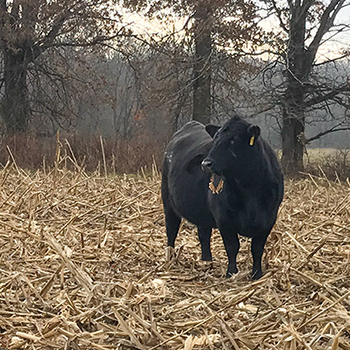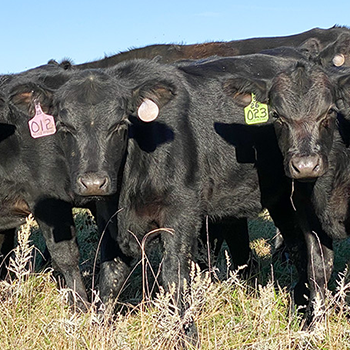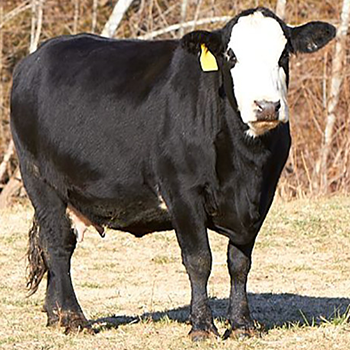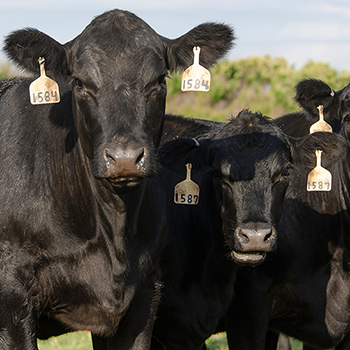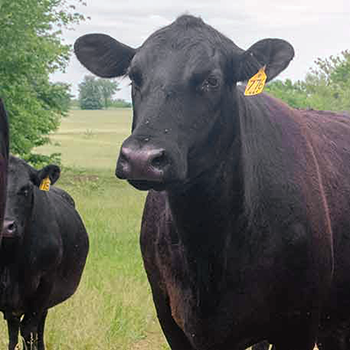In The Cattle Markets
October Cattle on Feed report assessment.
The USDA Cattle on Feed (COF) report released Oct. 21 appears to be neutral with evidence of the smaller numbers ahead. Placements were softer and were exactly as anticipated. Pre-report expectations anticipated placements would be 96.2% of last year’s with a range of 91.8% to 99.0%. Actual placements of 2.080 million head during the month of September were 96.2% of the prior year. The futures market reacted sharply higher on Monday, Oct. 24, but the main strength in the up move was in the nearby — as opposed to the deferred — contracts.
Dry weather, poor pasture in the southern Plains, and specifically poor wheat pasture have led to larger feeder-cattle movements into feedyards earlier in the late summer and fall. It is also somewhat anticipated that placements through October and November will be more modest than typical. Thus, both the intermediate and long-term outlooks into next year are very optimistic.
Fed-cattle marketings were strong and were understood to be so. Pre-report expectations anticipated marketings would be 103.9% of last year, with a range of 103.8% to 104.2%. Actual marketings during the month of February were in line and, at 1.860 million head, were 104.0% of the prior year. The cattle-feeding and meatpacking industries continue to move forward with substantial weekly and monthly marketings and slaughter. There has been a modest tightening of Saturday kills with working-day slaughter better than weekly averages of the past two years. The functioning of the beef supply chain continues to improve.
The inventory of cattle on feed more than 150 days is down modestly, with the normal seasonal decline. The inventory of cattle on feed more than 120 days is down slightly more, and the inventory of cattle on feed more than 90 days is down the most. The inventory of animals appears heaviest for long-fed animals and animals just placed on feed. Further, the backlog that was created and persisted since the pandemic shutdowns looks to finally totally clear during the fourth quarter. This is bullish news for the market outlook.
Cattle-on-feed inventories are tightening. October opened with an inventory of 11.282 million head, even with September’s opening inventory of 11.234 million head. However, for the first time this year, the cattle-on-feed inventory is less than the prior year. There will likely be more of this to come with calculated days on feed inventories, the level of heifer slaughter, and beef cow liquidation. Pre-report expectations anticipated the on-feed inventory would be 99.1% of last year’s with a range of 98.2% to 99.6%. Actual inventories were 99.1% of the prior year — as expected.
Editor’s note: Stephen Koontz is a professor in the Department of Agricultural and Resource Economics at Colorado State University.

